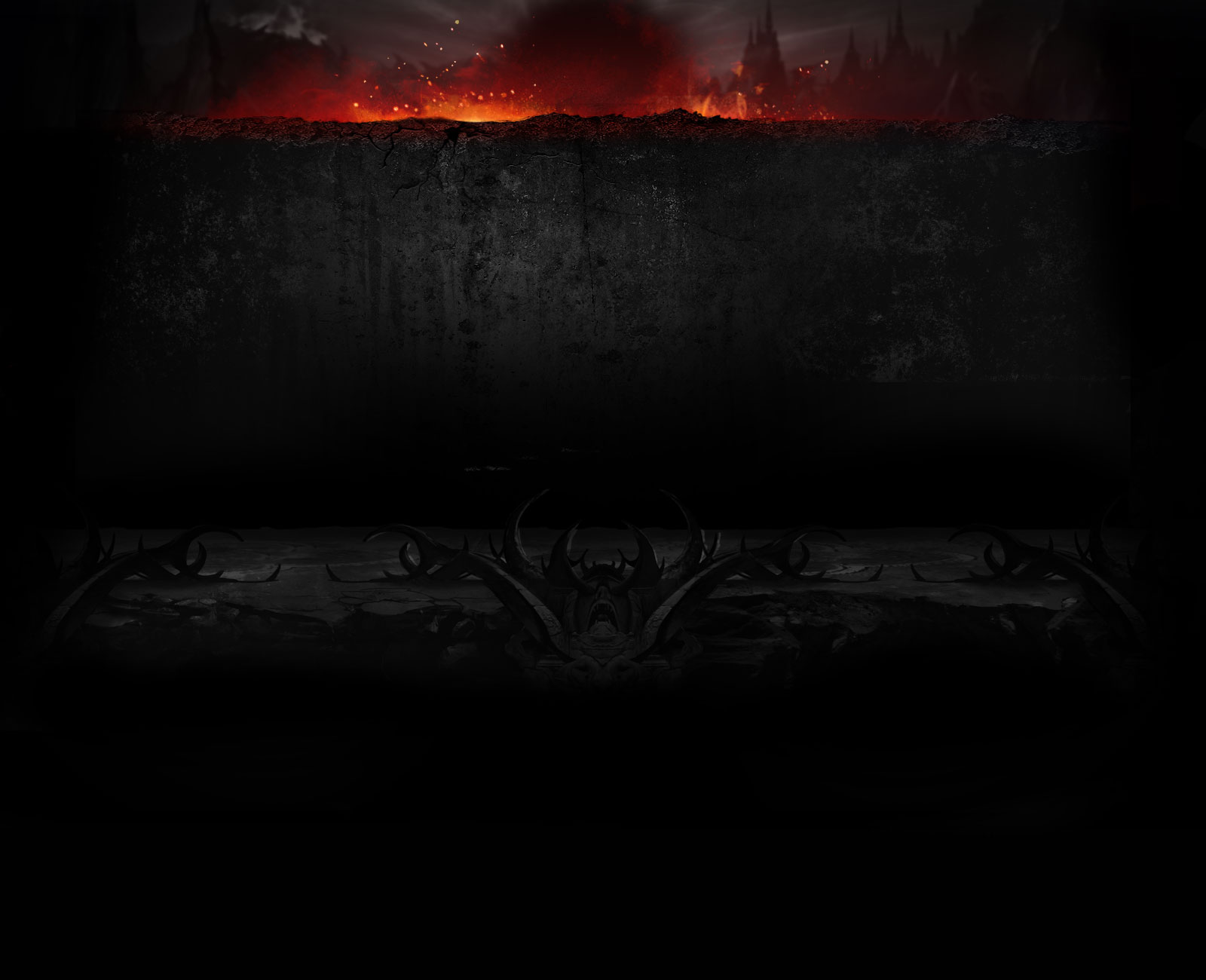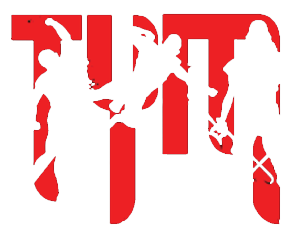HemingfordGrey
Noob
As a warning, coming from a primarily Tekken, KOF, and SF background, my assumptions about NRS game neutral and footsies might not be as seasoned. This is what I've thought of so far and could change with the development of new tech and or balance patches.
Quick Summary: (Longer explanation further in thread) Based on the current tools we have for Canary, her neutral revolves around poking with strings and hit confirming them into either her lvl 1 trait or her command rolls on block and into her combo starters either bf2 or db2 on hit. Her neutral also seems better suited to conditioning and reading the other players tendencies and mindset which can lead her to suffer in online matches with randoms. She is an inherently risky character because she is required in most situations to get up close.
Changelog
5/21/17: Added section Neutral vs Turtles, Added section The Importance of a Good Neutral Game, Added a bullet under point under "Things a good Canary will have"
5/24/17: Added section How to Develop Your Own Neutral
The Importance of a Good Neutral Game
General Midscreen:
Things a good Canary or player in general will have:
Quick Summary: (Longer explanation further in thread) Based on the current tools we have for Canary, her neutral revolves around poking with strings and hit confirming them into either her lvl 1 trait or her command rolls on block and into her combo starters either bf2 or db2 on hit. Her neutral also seems better suited to conditioning and reading the other players tendencies and mindset which can lead her to suffer in online matches with randoms. She is an inherently risky character because she is required in most situations to get up close.
Changelog
5/21/17: Added section Neutral vs Turtles, Added section The Importance of a Good Neutral Game, Added a bullet under point under "Things a good Canary will have"
5/24/17: Added section How to Develop Your Own Neutral
The Importance of a Good Neutral Game
High damage combos, mixups, etc. mean nothing if you are not in the position to establish them. A good neutral game means you are aware how to position and maneuver through the space onstage. A good player should know certain things about neutral with Canary
How to Develop Your Own Neutral- Goal: Be in range to use normals to establish setplay.
- Acknowledge that you will have to use resources (time,meter, and life) to get in. Efficient and effective use of these resources is the key to winning.
- The neutral is like water. The natural tendency is the push and pull between players. Understand the concept that you can only push so much with Canary until you have to respect the other player's turn.
- Mentality can dictate the match. Patience and perseverance win more games than blindly charging forward.
- Being good at neutral requires a lot of hours into the game to learn matchups, understanding Canary, and to establish a style of neutral that works for you, the player.
- Developing a neutral game that suits you is the best way to become better at fighting games in general. It is very possible to play Canary as a defensive or offensive character as long as you remember her limitations.
- Learn and get comfortable with the movement of the character. Go over forward and backward walkspeed, foward and back dash time and distance, and jump arcs. Becoming familiar with the Canary's mobility is key to controlling the neutral space.
- Become familiar with all notable normals. Notable normals include but are not limited to those with quick startup, + or safe on block, forward advancing, low profiling, etc. It is not enough to only look at the frame data for this step. You must go to the lab and use the moves in order to get familiar with the hitbox and hurtbox. These will allow you to understand the practical uses of certain normals such as whiff punishing, anti-airing, etc.
General Midscreen:
- Combos that won't end the game should be formulated for hard knockdown, corner carry, or an ender that allows you to safely dash or command dash for meaty pressure.
- Her lab frame data shows that most of her strings are negative causing me a lot of confusion at first. However, most of her strings give the player enough time to confirm block or hit.
- Back and forward command roll on block can be used to get to safety or for a risky left right situation depending on the distance of the canceled string. The forward and back command rolls can be read and punished, but that is where lvl 1 trait which is +3 on block comes into play.
- Depending on the enemy, you can also use parry and command roll for meter building a la KOF as long as the distance is safe. Therefore, you will hardly ever be meterless.
- She has 2~3, delay3 etc. mixup for low/overhead/stagger mixups.
- She has the double overhead jump to db2 far/close overhead mixups.
- She also has command roll and meter burn roll left right mixups in the corner which can put you on either in front or behind the enemy depending on the string or timing (Think Karin corner jab command dash reset from SF or KOF roll mixups.) These roll mixups are good because they can sometimes be visually left/right ambiguous. In general, the enemy should only last 3-5 combos max if your combo optimization and reads are good.
- Don't be afraid to take some chip damage and wait for lvl 3 trait. Once you get the lvl 3 in, you can go to the general neutral gameplan.
- This strategy doesn't work nearly as well vs zoners with quick projectiles. If you are hit while doing lvl 3, the scream dissipates and has the potential not to connect or the hitstun won't allow you to capitalize.
- Deadshot is a big problem for her because he can drain meter with his bullets and his bullets have quick recovery that makes it hard for her to capitalize on trait.
- The turtle will look to capitalize upon you making mistakes. For example, a player who primarily plays keep away, waits for you to whiff normals, and whiff punishes you with a forward advancing string can be defined as a turtle. Therefore, you need to think twice about which normals you throw out as well as having matchup knowledge.
- Block heavy: Using various mixup tools to create pressure like frametraps and throws as well as not overextending is key to opening up the enemy and minimizing risk.
- Backdash Heavy: We have a good amount of tools for dealing with backdash heavy players. Here are a few options to punish backdashes after blockstrings;
- Hold trait after a blockstring and punish backdash with either lvl 2 or lvl 3
- Blocked b1 >forward roll >1
- Blocked 2 > forward roll > 1
- Blocked 3 > forward roll > 1 (can sideswitch on characters with slower backdashes)
- There a quite a few other options. The key is learning the character matchup. For example, some of these can be spacing dependent or not work with Catwoman.
- Footsies: Knowing the optimal space to stand based on your normals and their normals for whiff punishing and or approaching for pressure.
- Knowledge of Frame data: Allowing optimal capitalization for punishable moves from the enemy as well as knowing when it is your turn or their turn to start pressure.
- Risk assessment: Everything in fighting games from time, health, and meter is a resource. Acknowledging when and formulating how much to use of each resource should allow more favorable trades.
- Literacy: Learning how to read the opponent (disregard online matches) in terms of how defensive/offensive they are, do they wakeup a lot(?), etc. will allow you to become a more competitive player.
- Yin and Yang: Players should have a balance between playing from the calculated mind and the passionate heart. In others words, adopt a flexible mental state which will allow you to both DP sometimes on wakeup and block sometimes on wakeup.
- Know how to properly lose. Accept loss and breakdown the match to see what went wrong and what could have been changed. The worst way to lose is to get mad and learn nothing.
Last edited:





